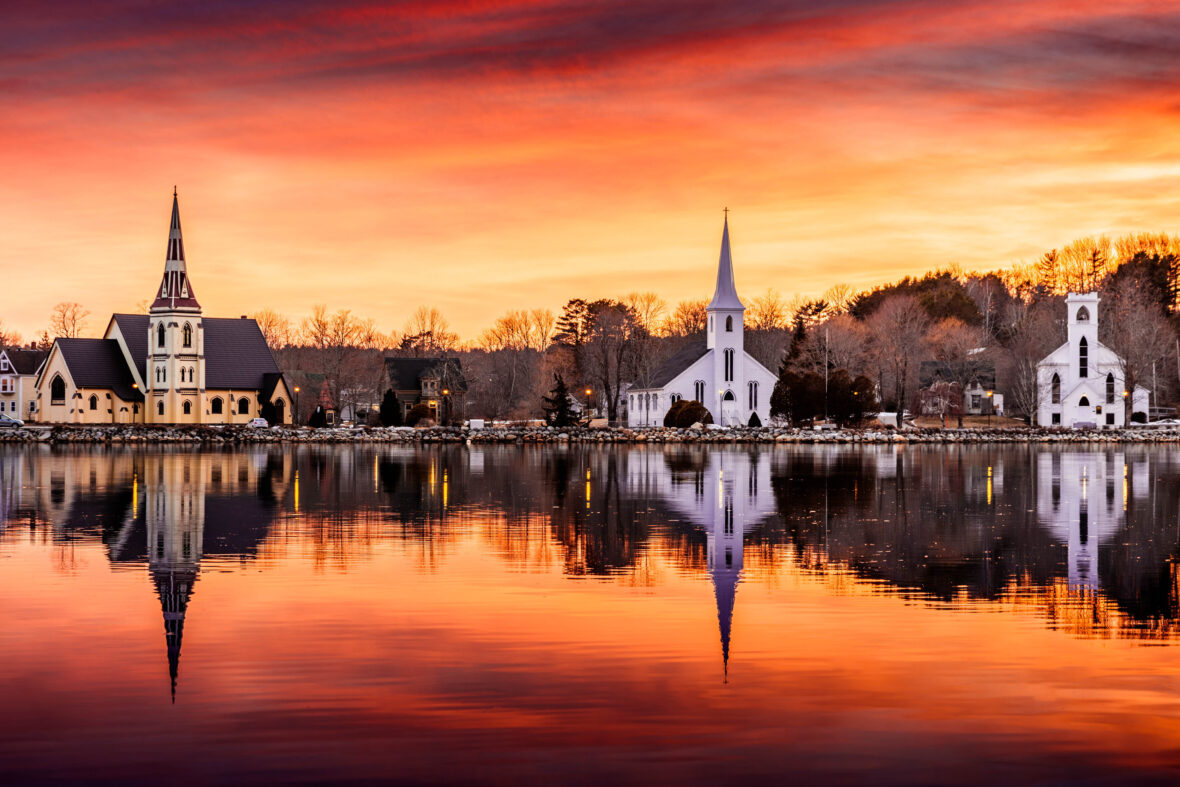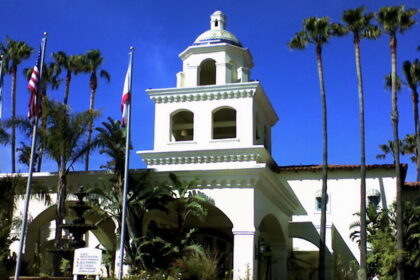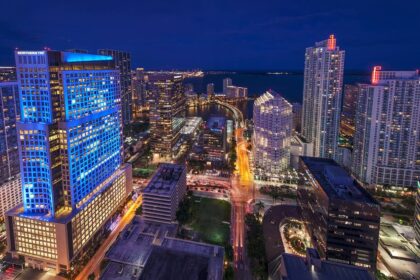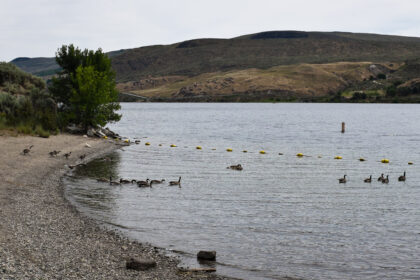Mahone Bay is a town on the northwest shore of Mahone Bay along the South Shore of Nova Scotia in Lunenburg County. A long standing picturesque tourism destination, the town has recently enjoyed a growing reputation as a haven for entrepreneurs and business startups. Take a look below for 25 fascinating and fun facts about Mahone Bay, Nova Scotia, Canada.
1. The town has the fastest growing population of any municipality in Nova Scotia according to the 2016 census, experiencing 9.9% population growth.
2. The end of glaciation began 13,500 years ago and ended with the region becoming largely ice free 11,000 years ago.
3. The earliest evidence of Palaeo-Indian settlement in the region follows rapidly after deglaciation.
4. Several thousand years ago the territory of the province became known a part of the territory of the Mi’kmaq nation of Mi’kma’ki. Mi’kma’ki includes what is now the Maritimes, parts of Maine, Newfoundland and the Gaspé Peninsula.
5. The Mi’kmaq lived in an annual cycle of seasonal movement between living in dispersed interior winter camps and larger coastal communities during the summer, including many cites up and down the south shore of Nova Scotia. The town of Mahone Bay is in the traditional Mi’kmaw district of Sipekni’katik.
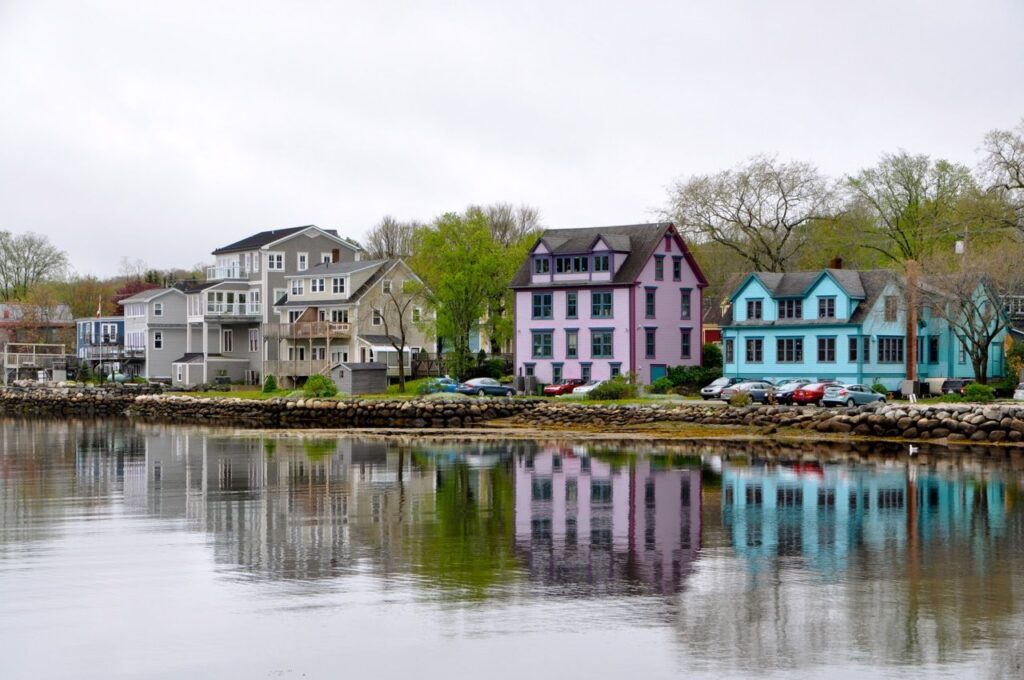
6. In 1605, French colonists established the first permanent European settlement in the future Canada (and the first north of Florida) at Port Royal, founding what would become known as Acadia.
7. The survival of the Acadian settlements was based on successful cooperation with the region’s Indigenous peoples.
8. While an attempt was briefly made to found a French colony at LaHave, the effort failed and few significant Acadian communities of more a few families existed on the Atlantic coast of Nova Scotia during British expansion into the area.
9. Upon the outbreak of Father Le Loutre’s War, on October 5, 1749, Governor Edward Cornwallis sent Commander White with troops in the 20-gun sloop Sphinx to the Acadian town of Mirligueche and had the village destroyed.
10. In 1753, three years into Father Le Loutre’s War, John Creighton and Jean-Baptiste Moreau (clergyman) led the group of Foreign Protestants stationed in Halifax to resettle Mirliguèche, naming the new British colony Lunenburg.
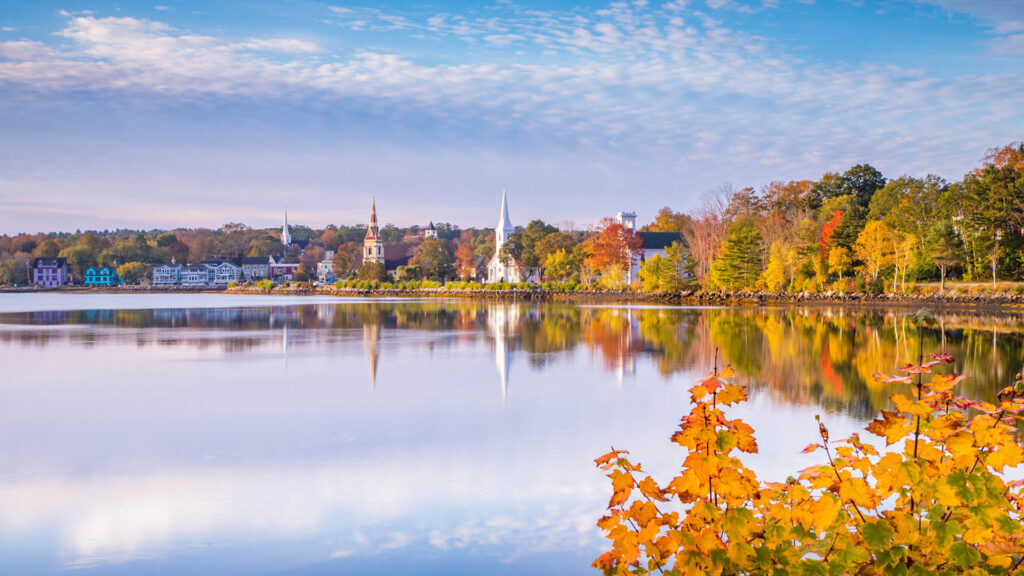
11. Mahone Bay was first settled by the British shortly after the founding Lunenburg.
12. The first to arrive were those who lived in town of Lunenberg and had farm lots throughout the peninsula, including Mahone Bay. They arrived under the leadership of Ephraim Cook (mariner). The people who settled on the Lunenburg Peninsula, including the present-day village of Mahone Bay, were foreign protestants who were German, Swiss, and Montbéliardais settlers.
13. During the French and Indian War (which included the Expulsion of the Acadians), there were nine Native and Acadian (Catholic) raids against the protestant settlers on the Lunenburg Peninsula.
14. The French, Acadians and natives were resisting the British control over Nova Scotia and Acadia. One such raid – the Raid on Lunenburg (1756) – happened just off the shores of Mahone Bay on present-day Covey Island and [John] Rous Island.
15. Another raid happened on 24 August 1758 in the village of Mahone Bay, when eight Mi’kmaq attacked the family homes of Lay and Brant. While they killed three people in the raid, the Mi’kmaq were unsuccessful in taking their scalps, which was the common practice for payment from the French.
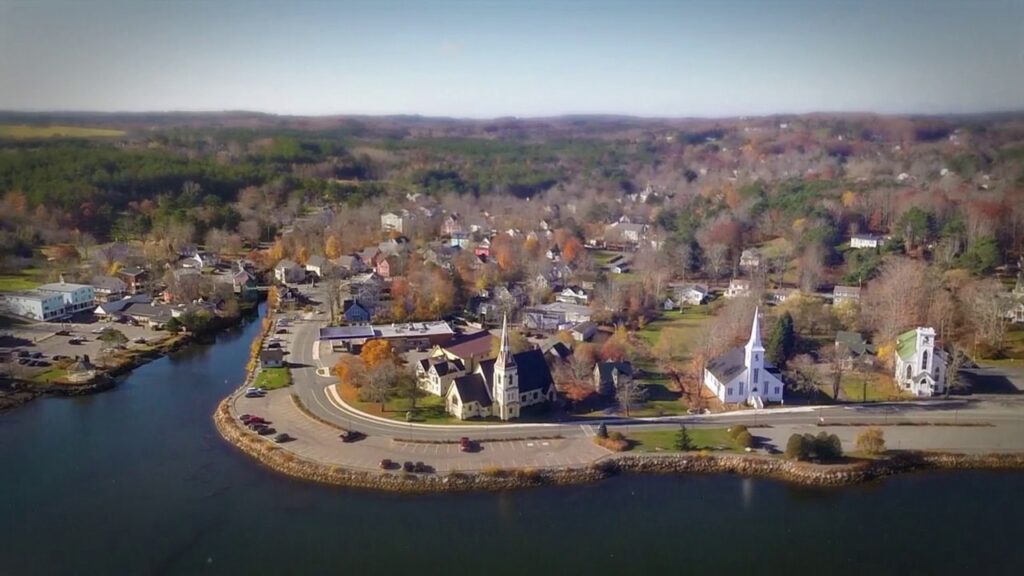
16. During the War of 1812, the American privateer schooner Young Teazer was trapped off the shores of Mahone Bay by HMS Hogue. To avoid capture, a crew member of Young Teazer destroyed his own ship, killing most of the crew.
17. The town prospered with wooden shipbuilding in the 19th century. While shipbuilding decline with the arrival of steel and steam vessels, Mahone Bay became known for its boat-building. World Wars I and II brought brief revivals of shipbuilding with construction of schooners, tugboats and barges.
18. After the war, the shipyard became known for innovative production of moulded plywood boats. Later on, Paceship Yachts and McVay Fiberglass Yachts built fibreglass sailboats, such as the Paceship 20, designed in 1970.
19. The town is also known for a history of wooden boat building, it was the main industry of Mahone Bay in its earlier years. The Mahone Bay Museum explains and shows this history in detail. Until recent years the town’s shipbuilding and boat-building heritage was celebrated by the “Mahone Bay Wooden Boat Festival”.
20. The view across the harbour is of three prominent churches: St James’ Anglican; St John’s Evangelical Lutheran; and Trinity United. It has become an iconic image of Nova Scotia, frequently photographed and featured on postcards and calendars.
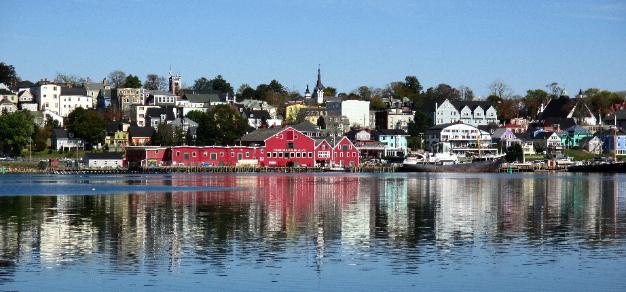
21. The town has a number of upscale shops and restaurants which almost universally are designed to appeal to the tourist trade, and sometimes shut down during the winter months. The town also has a plastics factory.
22. In the 2016 Census of Population conducted by Statistics Canada, the Town of Mahone Bay recorded a population of 1,036 living in 501 of its 571 total private dwellings, a change of 9.9% from its 2011 population of 943. With a land area of 3.12 km2 (1.20 sq mi), it had a population density of 332.1/km2 (860.0/sq mi) in 2016.
23. The Town of Mahone Bay is governed by a Council composed of a Mayor and six Councillors elected at-large.
24. Municipal Council is responsible for all facets of the municipal government, including directly delivered and shared or regional services. Directly delivered services include services such fire, public works, roads, as well as the municipally owned and operated electrical and water utilities. The municipality participates in shared services, such as library services and policing. The town’s municipal operating budget was $2.7 million, and the town owned electric light utility of $1.9 million and water utility of $575 thousand resulted in a total proposed budget of $5.2 million in the 2017/18 fiscal year.
25. Mahone Bay is represented by one riding in the Nova Scotia House of Assembly and shares representation with one riding in Canada’s House of Commons.

